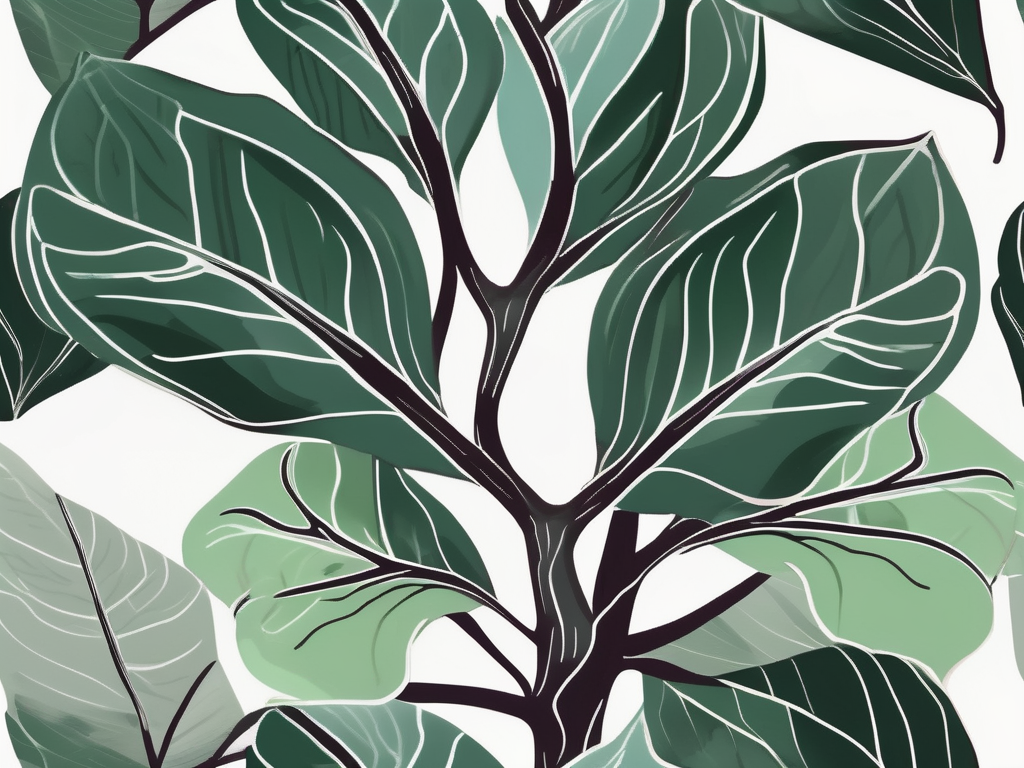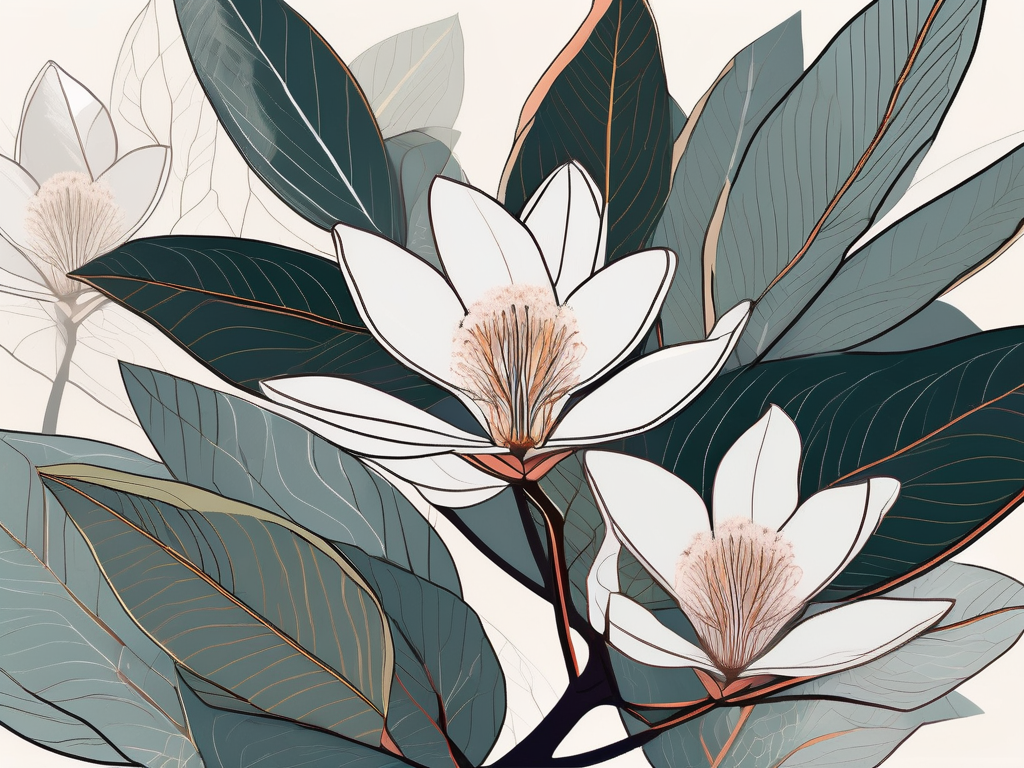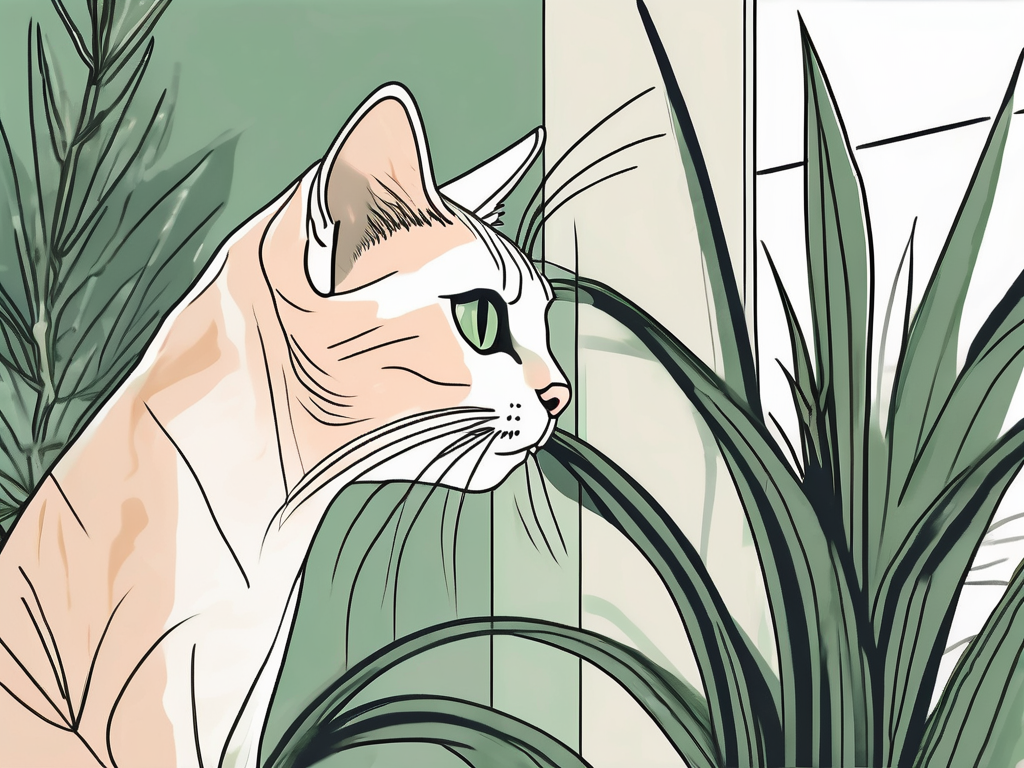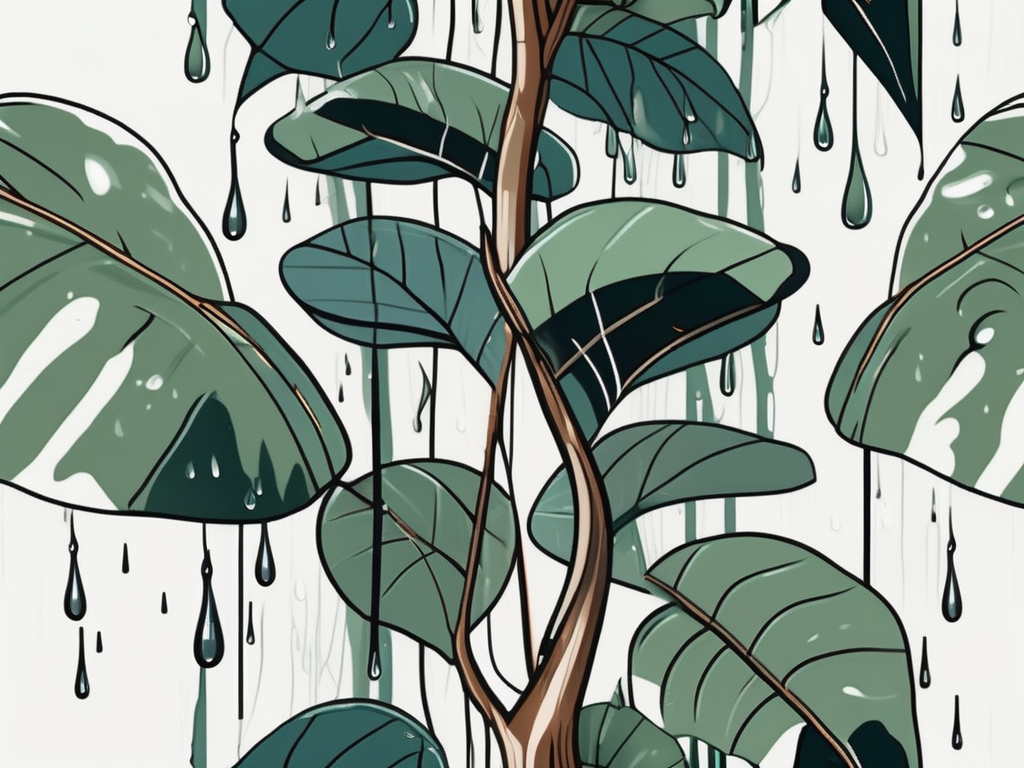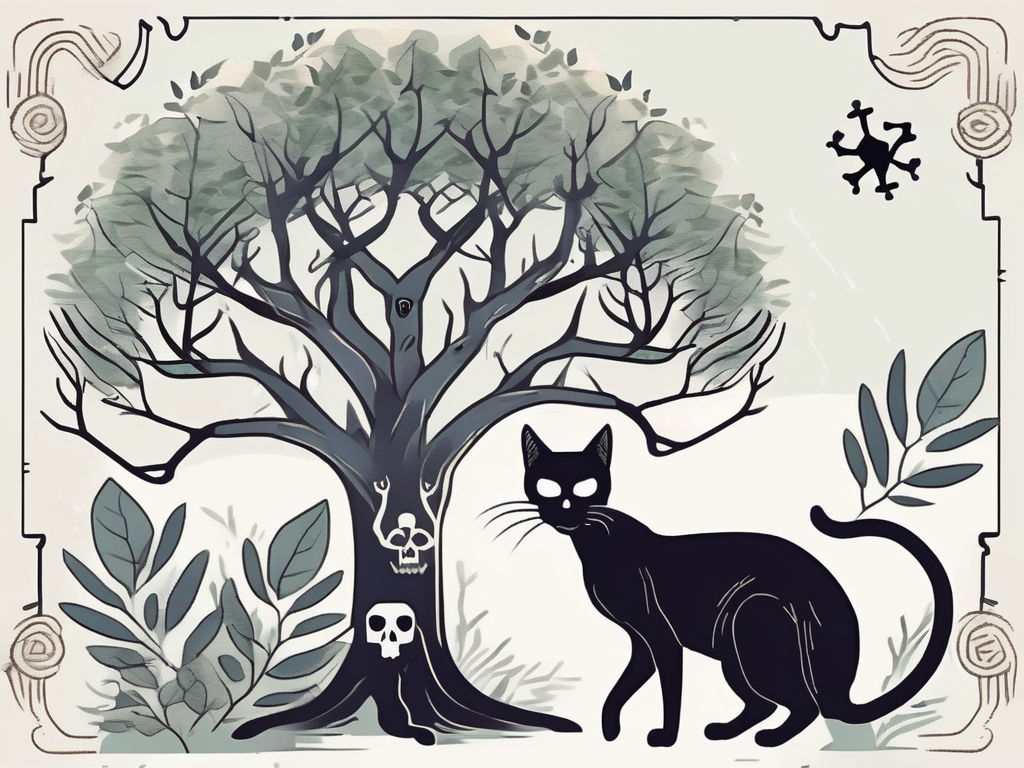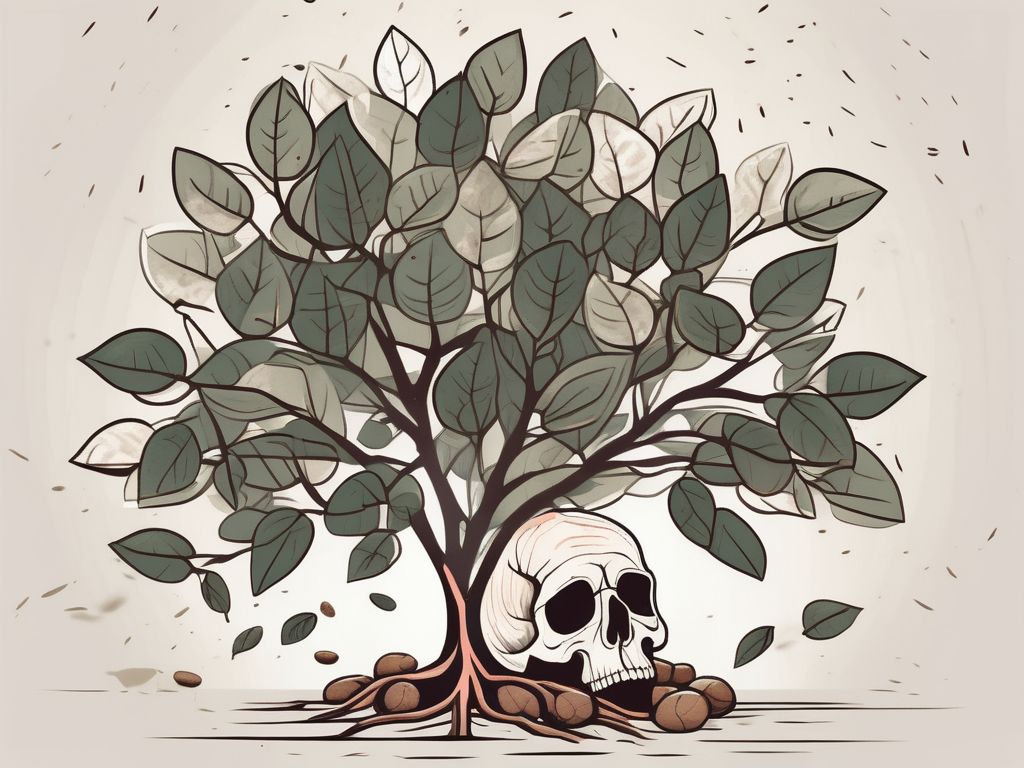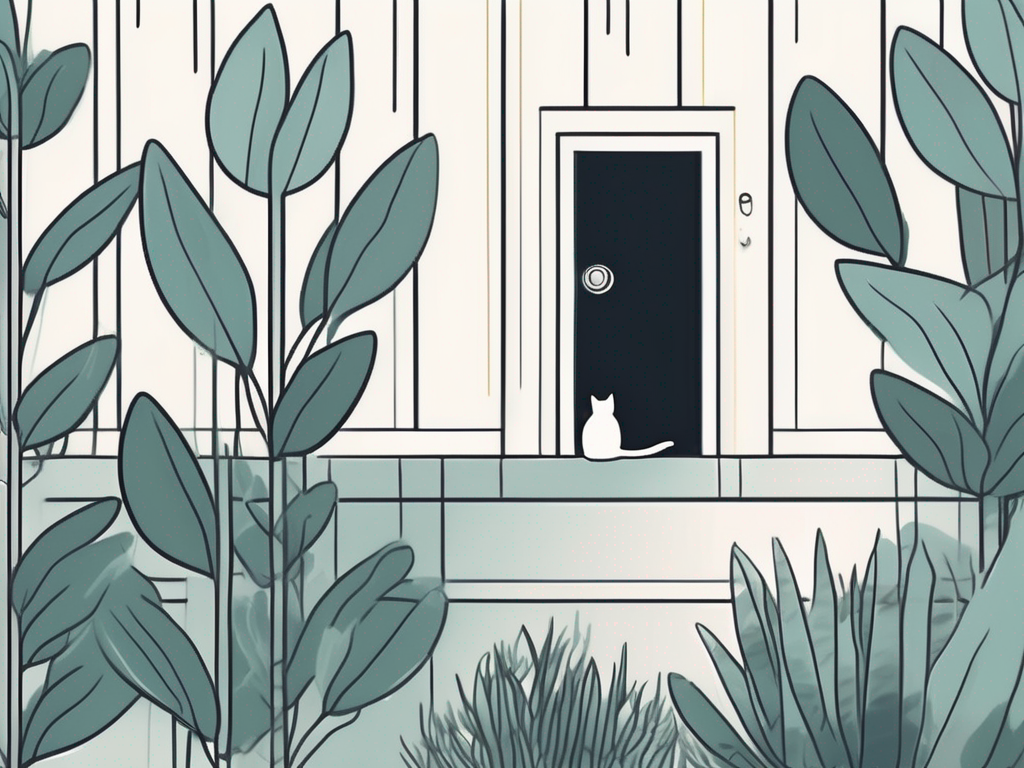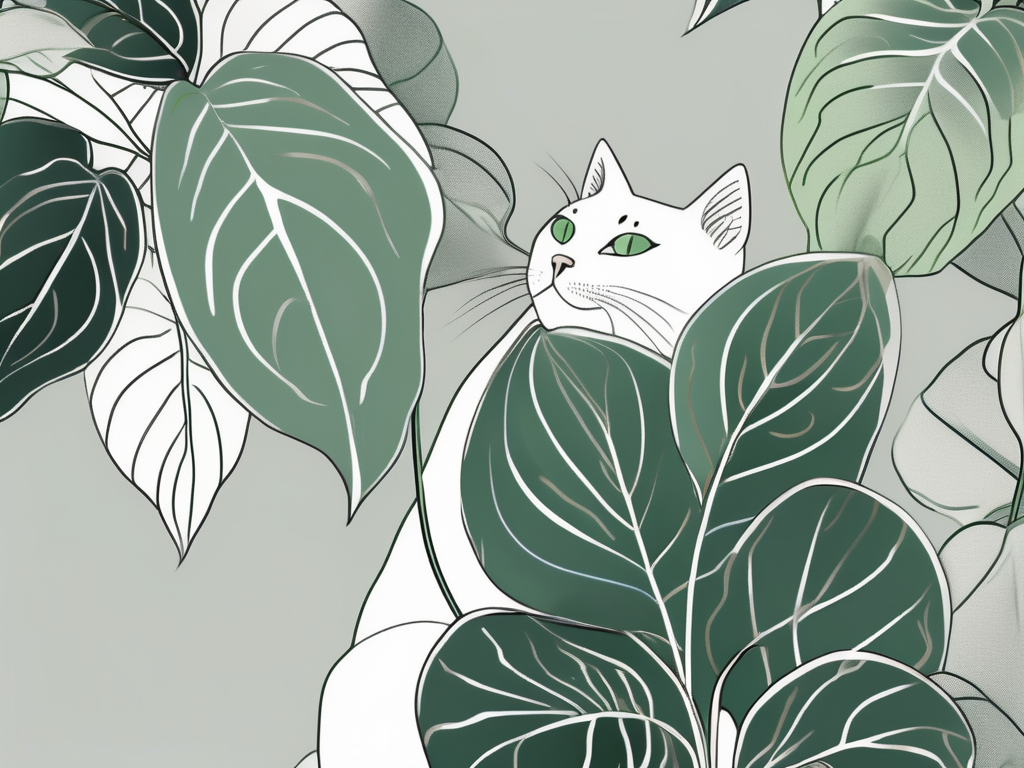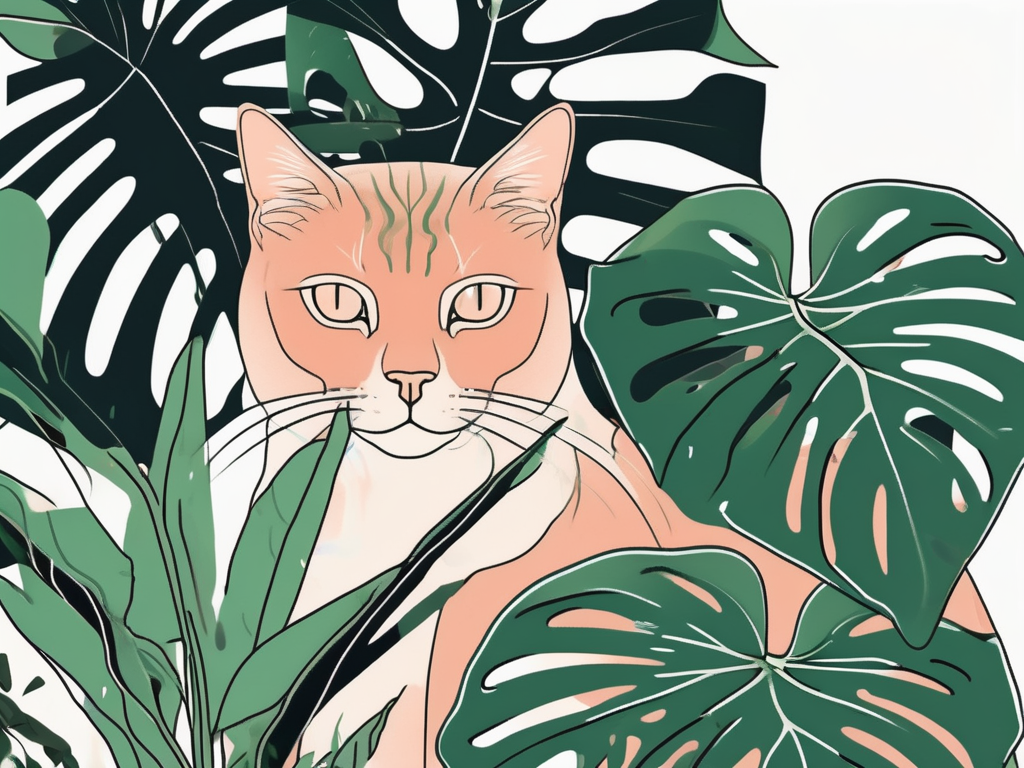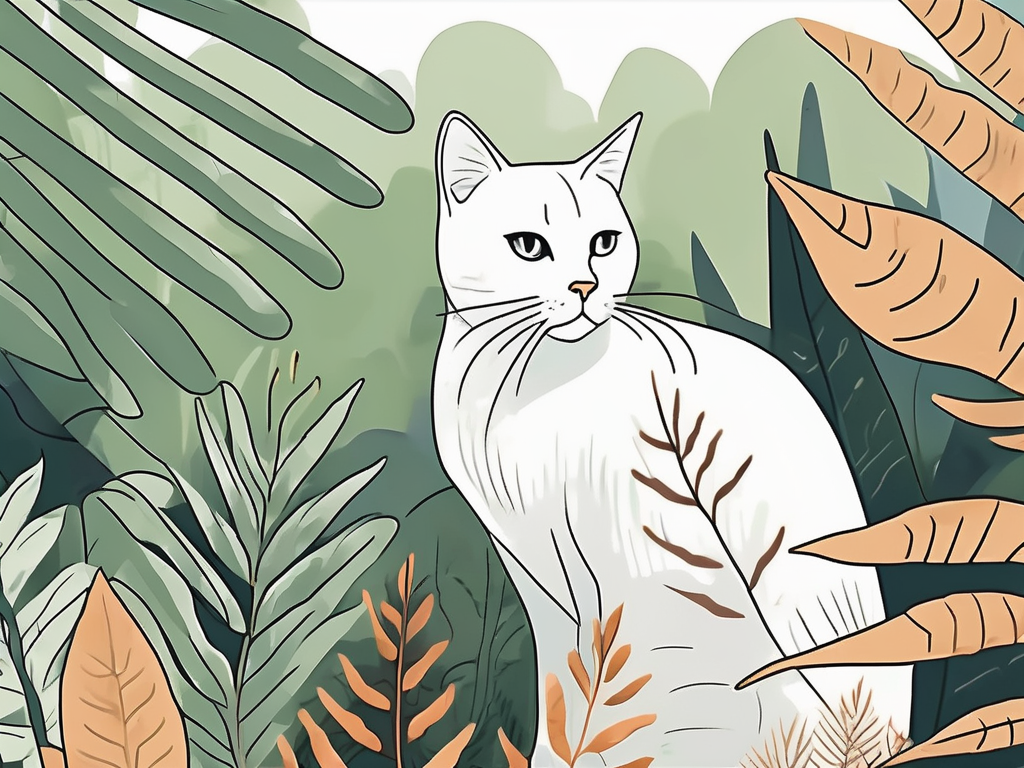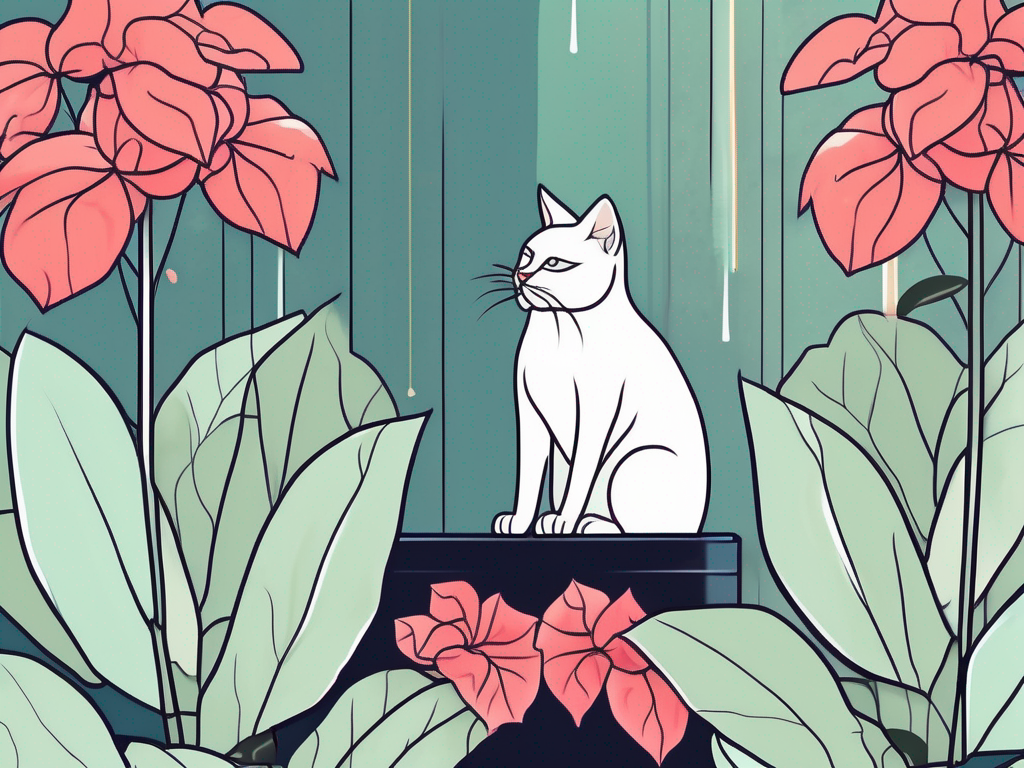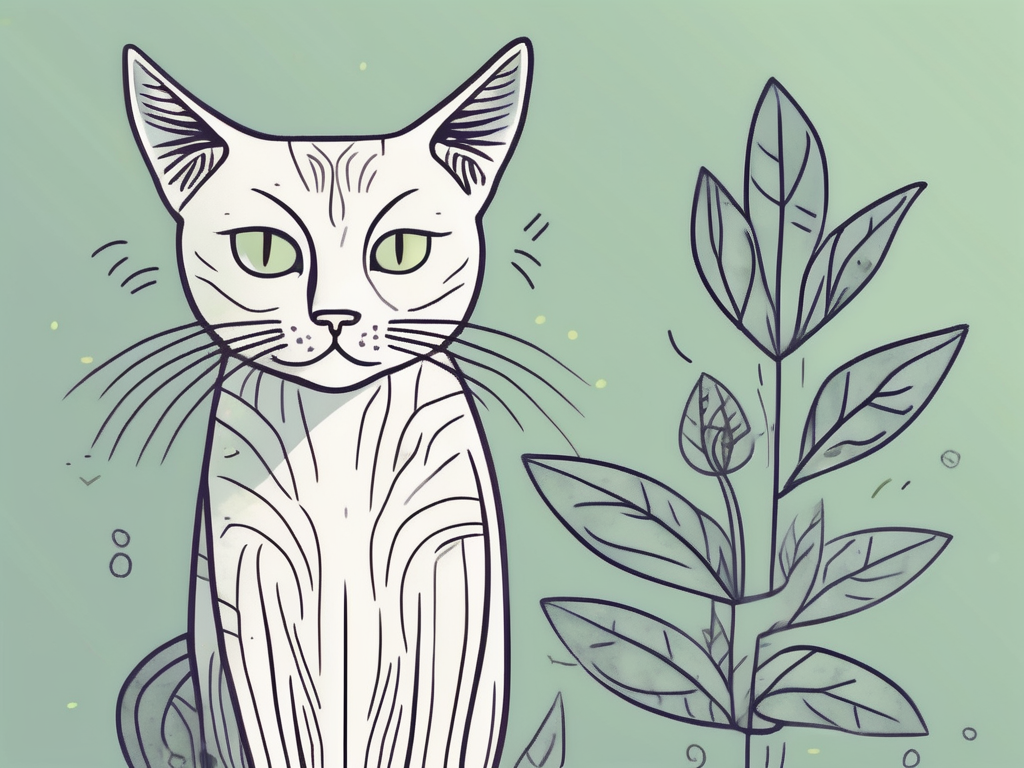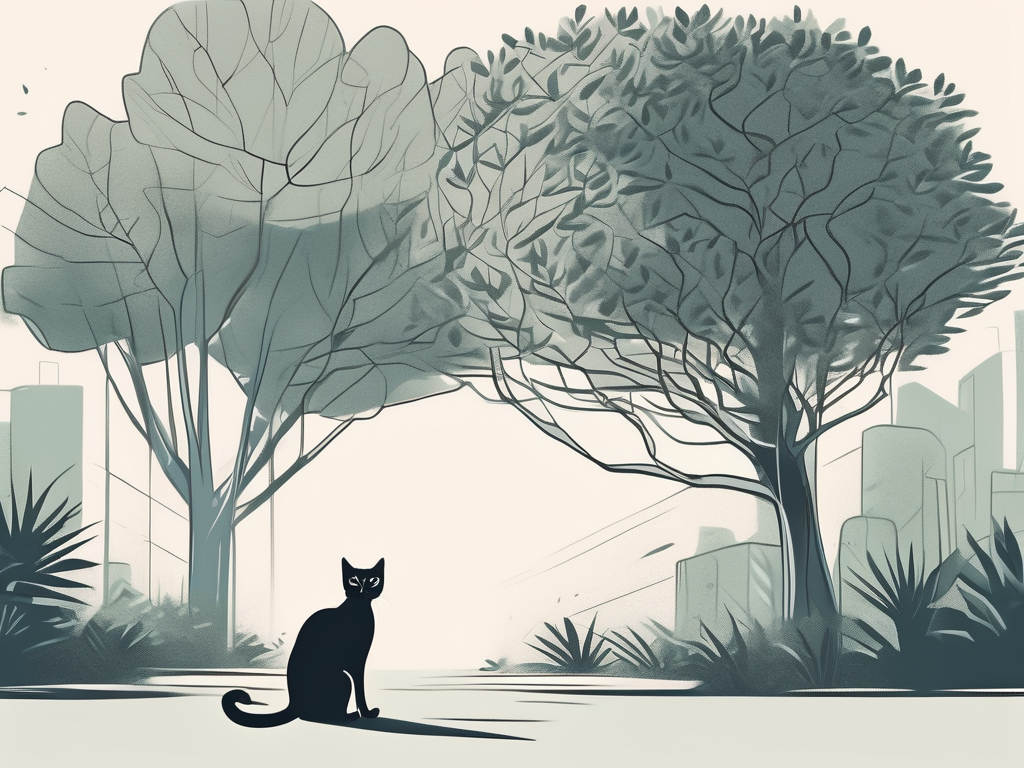
Rubber trees, with their glossy leaves and striking appearance, are a popular choice for many plant lovers. But if you're a cat parent, you might wonder if this beautiful houseplant poses a threat to your feline friend. It's a valid concern, given that cats are notorious for nibbling on houseplants.
In this article, we'll take a closer look at whether rubber trees are toxic to cats. We'll explore how to manage having a rubber tree if you own a cat, and what alternatives might be safer for your home. Let's get into it!
Understanding Rubber Trees and Their Appeal
The rubber tree, scientifically known as Ficus elastica, is a beloved houseplant because of its lush, evergreen leaves and easy-going nature. Native to Southeast Asia, these plants can grow quite tall indoors, making them a striking addition to your home decor. They thrive in bright, indirect light, and with minimal fuss, they can live for many years.
But what makes rubber trees especially appealing? For starters, they are quite forgiving. If you're a plant parent who sometimes forgets to water, the rubber tree might just forgive you. They also help purify the air, adding to their charm as a houseplant.
However, despite their beauty and benefits, there are some considerations to keep in mind, especially if you have pets. Let's dive deeper into the concerns surrounding rubber trees and cats.
Are Rubber Trees Toxic to Cats?
Here's the big question: Are rubber trees toxic to cats? The short answer is yes, but it's important to clarify that we're talking about a specific type of rubber tree. The Ficus elastica, or the rubber plant, contains a milky sap that can be irritating to cats. If ingested, it can cause mild symptoms like oral irritation, drooling, or vomiting.
However, it's crucial to differentiate between the different types of rubber trees. The Ficus benjamina, also known as the Weeping Fig, is another member of the same family and is toxic to cats. This makes it essential for cat owners to double-check the specific type of rubber tree they have at home.
It's worth noting that while the sap can cause discomfort, it typically isn't life-threatening. Nevertheless, it's always better to err on the side of caution and keep potentially harmful plants out of reach.
Signs of Toxicity in Cats
If your cat gets curious and decides to take a nibble on your rubber tree, you should watch for a few signs of toxicity. While most symptoms are mild, knowing what to look for can help you respond quickly if your pet needs attention.
- Oral irritation: This might show up as drooling, pawing at the mouth, or difficulty swallowing.
- Gastrointestinal upset: Your cat might experience vomiting or diarrhea.
- Behavioral changes: Cats might become lethargic or lose interest in food.
If you notice any of these symptoms, it's a good idea to consult your veterinarian. They can provide guidance on the best course of action, depending on your cat's symptoms and overall health.
Preventing Cat-Plant Interactions
Preventing your cat from munching on your plants might feel like a full-time job, but there are several strategies you can use to keep both your cat and plants safe.
- Placement: Position your plants out of reach. Use shelves, plant stands, or hanging planters to keep them away from curious paws.
- Repellents: You can find pet-safe repellents at most pet stores. These sprays often use scents that cats dislike, discouraging them from approaching the plant.
- Distractions: Provide your cat with their own plants to nibble on, like cat grass or catnip. This can redirect their attention away from your houseplants.
- Training: While it can be challenging, training your cat to stay away from plants using firm commands and positive reinforcement can be effective.
These methods, combined with a little patience, can help create a harmonious environment where your plants and pets can coexist peacefully.
Safe Plant Alternatives for Cat Owners
If you're concerned about having a rubber tree in your home, there are plenty of safe plant alternatives that both you and your cat can enjoy. Here are a few options:
- Spider Plant: A resilient and air-purifying plant that's non-toxic to cats.
- Bamboo Palm: Adds a tropical vibe to your home and is safe for pets.
- Boston Fern: Another air-purifying plant that's safe for cats.
- Areca Palm: Offers a lush, tropical look without any risk to your cat.
These plants not only add beauty to your home but also provide peace of mind, knowing they're safe for your furry friends.
Creating a Cat-Friendly Plant Space
Designing a home that accommodates both your love for plants and your feline companions can be a rewarding challenge. Here's how you can create a cat-friendly plant space:
Choose Cat-Friendly Plants
Start by selecting plants known to be safe for cats, like those mentioned in the previous section. Incorporate a variety of shapes and sizes to create an interesting display.
Use Plant Shelves
Install shelves on the walls to keep plants out of reach. Shelving not only protects your plants but also creates visual interest in your space.
Incorporate Cat Furniture
Provide your cat with their own space, like a scratching post or a cat tree. This gives them a designated area to explore and play, reducing their interest in your plants.
Engage Your Cat's Senses
Set up a small pot of cat grass for your kitty to enjoy. It's a great way to satisfy their urge to chew on greenery without putting your houseplants at risk.
By combining these elements, you can design a space that's enjoyable for both you and your feline friend.
Managing Rubber Tree Safety
If you're determined to keep your rubber tree and your cat, you can take steps to ensure both coexist safely. Consider these tips:
- Regular Monitoring: Keep an eye on your cat's behavior around the plant. If you notice any signs of nibbling, take action immediately to prevent it from happening again.
- Move the Plant: If your cat shows too much interest, try relocating the plant to a more secure location.
- Barrier Methods: Use barriers like plant cages or decorative stones on the soil surface to deter digging and chewing.
With a little vigilance and creativity, you can successfully manage both your plant and pet in the same space.
What to Do if Your Cat Ingests a Rubber Tree
In the event that your cat manages to take a bite out of your rubber tree, it's important to stay calm and follow these steps:
- Identify the Plant: Confirm that the plant your cat ingested is indeed a rubber tree.
- Observe Your Cat: Watch for any signs of distress or symptoms of toxicity, such as vomiting or drooling.
- Contact a Vet: Reach out to your veterinarian for advice. They can guide you on whether your cat needs immediate medical attention.
- Remove Access: Move the plant out of reach to prevent further ingestion.
By taking these steps, you can help ensure your cat's safety and health.
The Role of Veterinarians in Plant Safety
Veterinarians play a crucial role in advising pet owners on plant safety. They can provide expert guidance on what plants are safe for your home and help you understand the risks associated with certain types of plants.
Building a relationship with your vet can be invaluable, especially if you're a plant lover with pets. They can offer tailored advice based on your cat's health history and specific needs, ensuring you create a safe environment for your furry friend.
Next time you're at the vet, consider discussing your plant collection and any concerns you have about toxicity. They might have some great tips on how to keep your home safe and beautiful.
Final Thoughts
In summary, while rubber trees can be toxic to cats, the risks are generally mild and manageable with a few precautions. By choosing safe plants, staying vigilant, and knowing what to do in case of ingestion, you can maintain a harmonious home for both your plants and pets.
At Cafe Planta, we love helping plant lovers create beautiful spaces. Whether you're looking for a new plant to add to your collection or need advice on plant care, we're here for you. Feel free to email us, or DM us on Instagram. We believe in the power of plants to bring people together and connect us with nature. Let's make your home a green haven!













